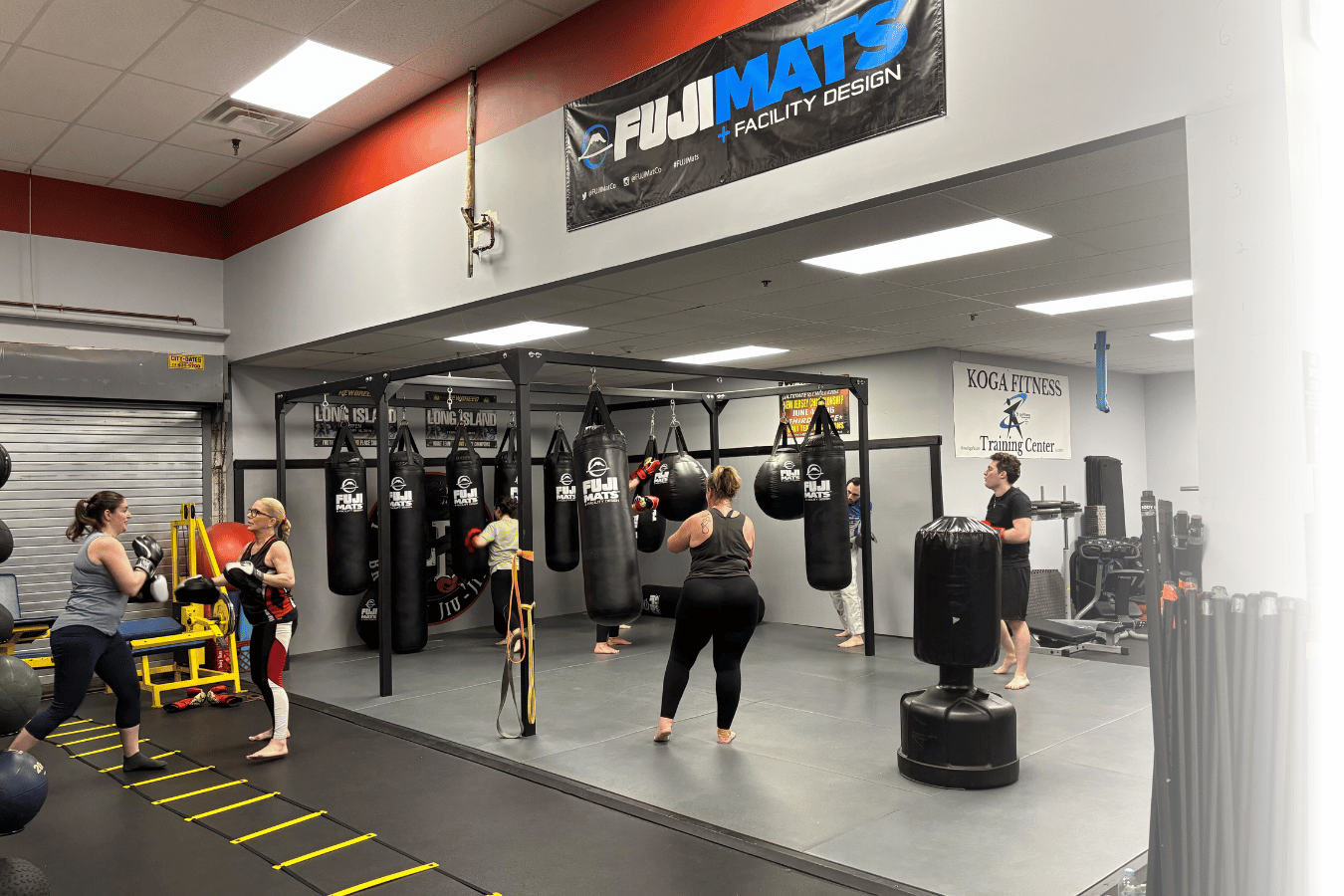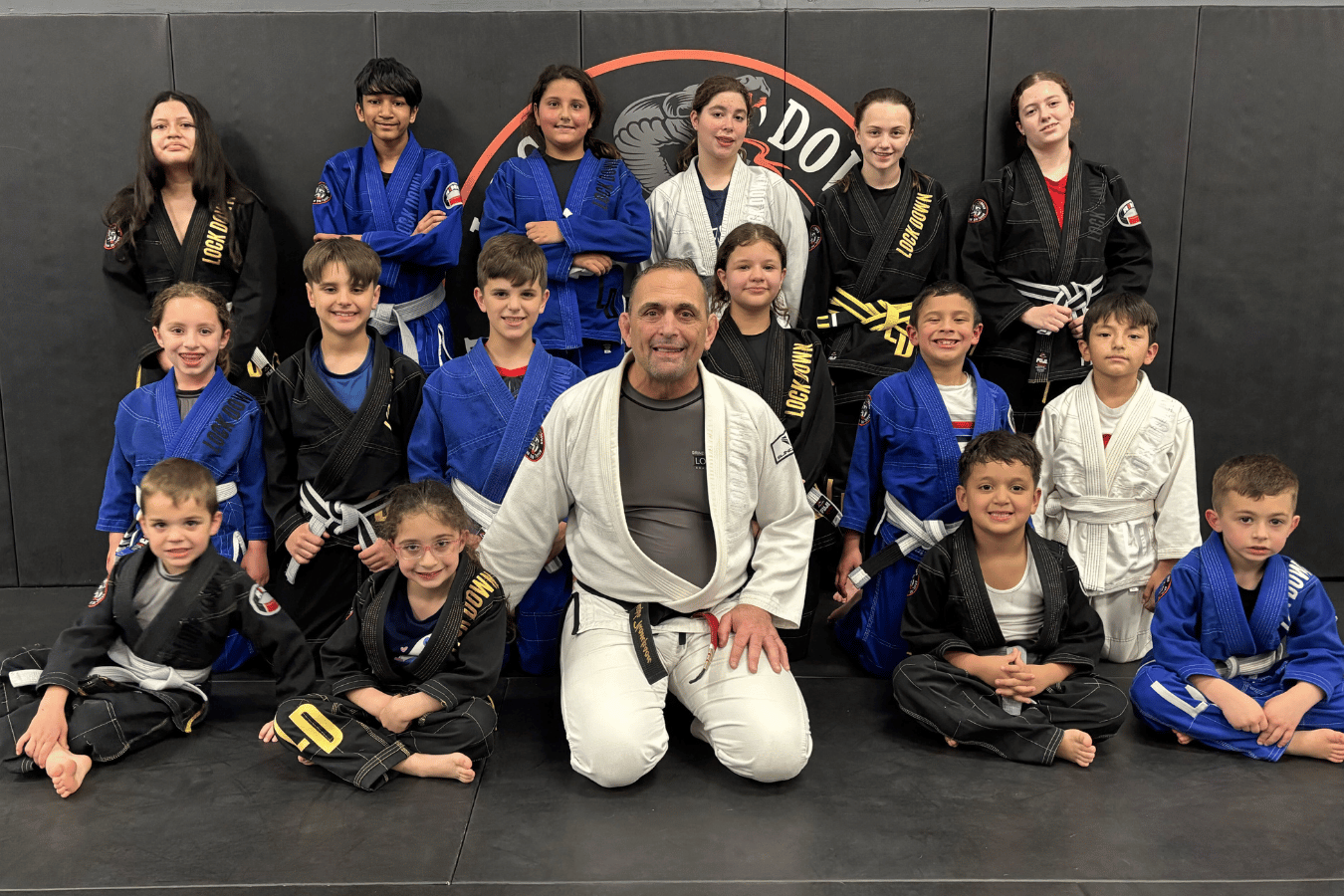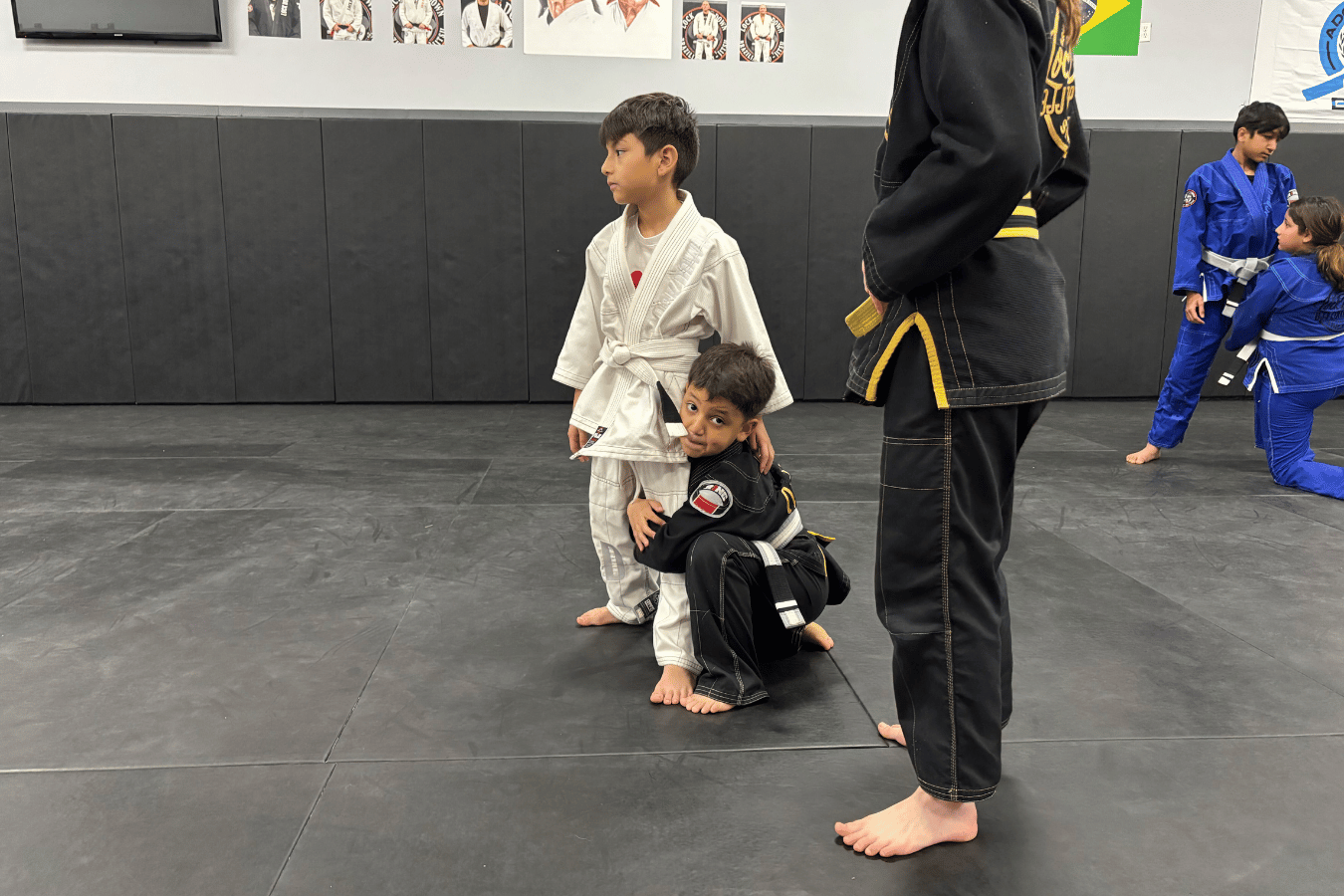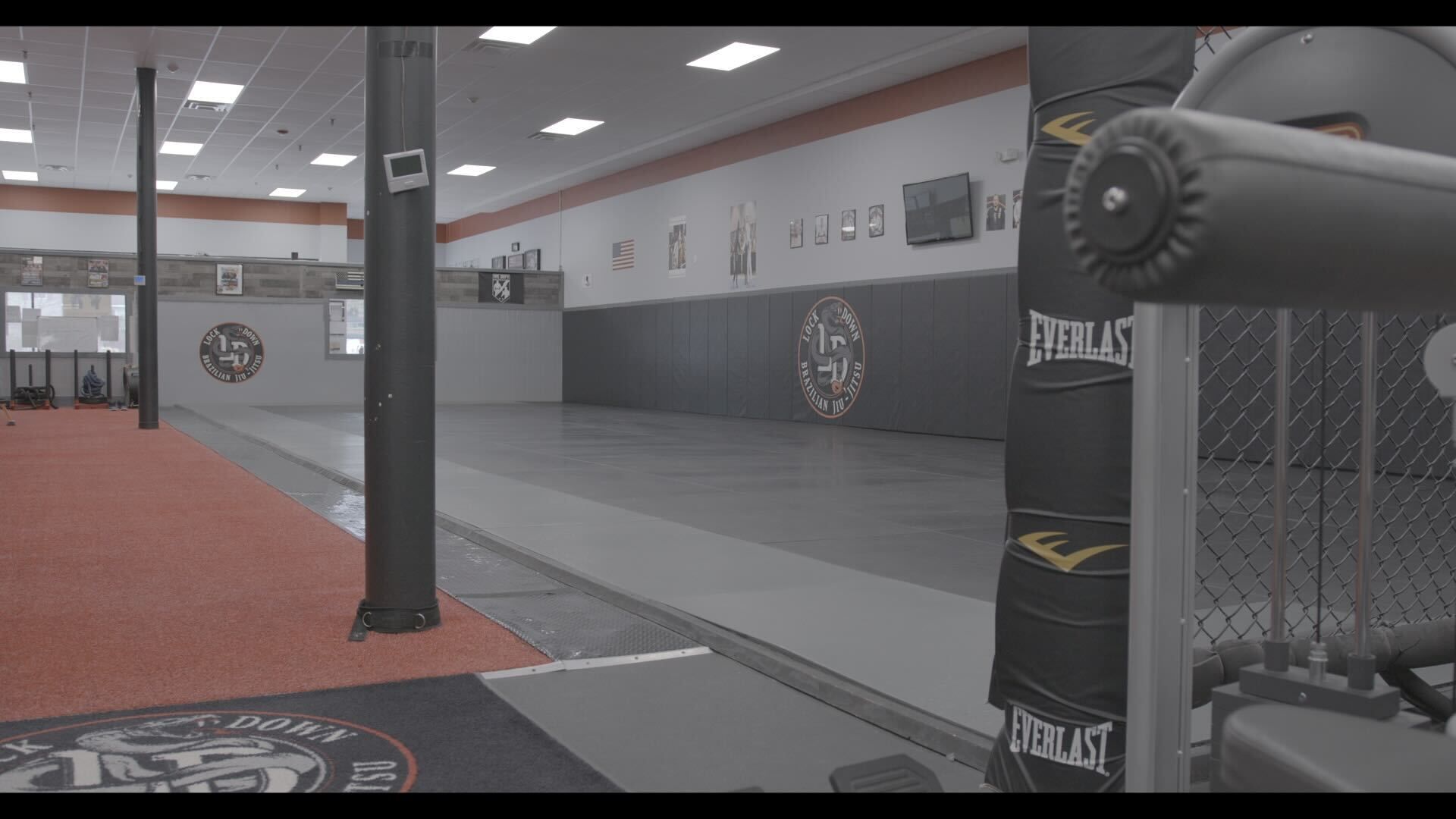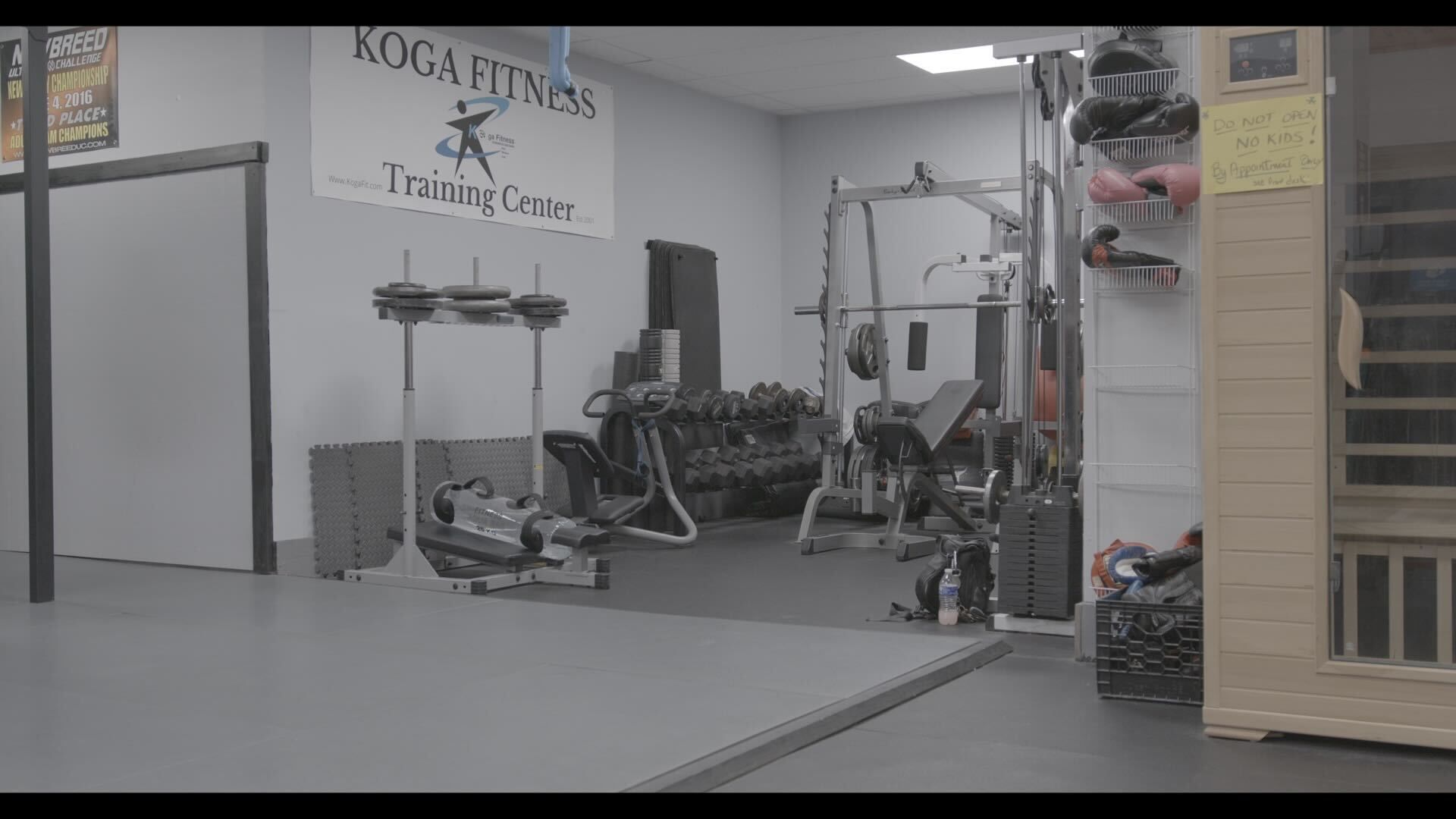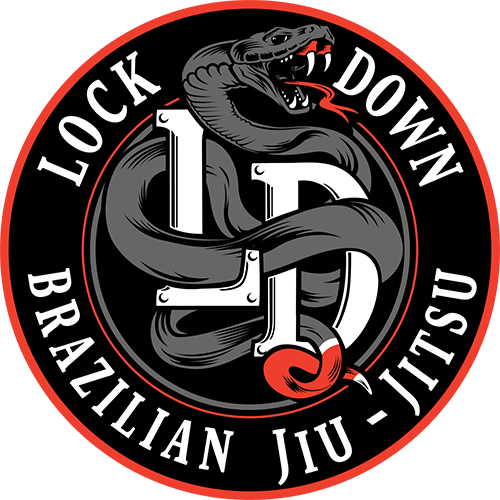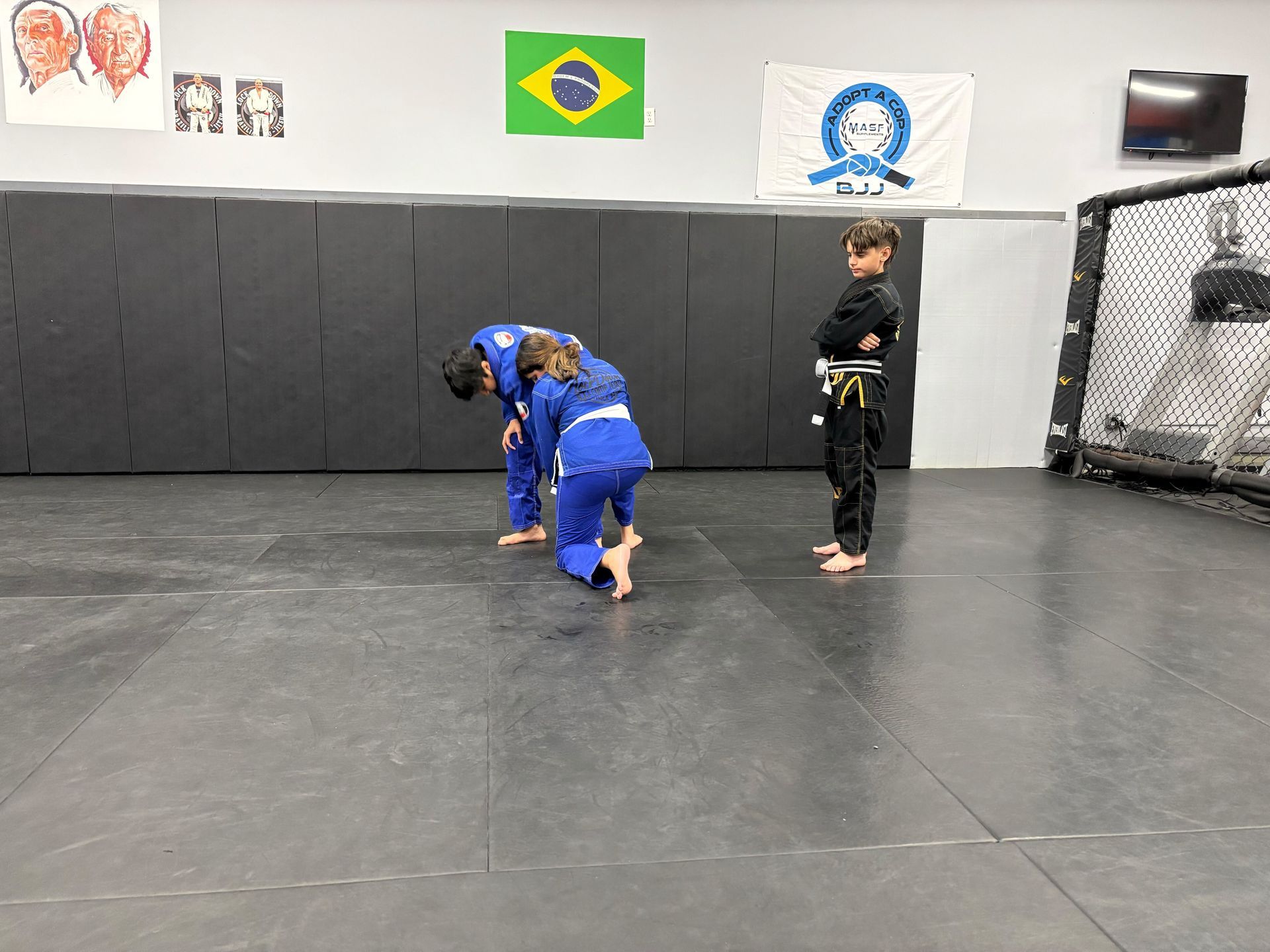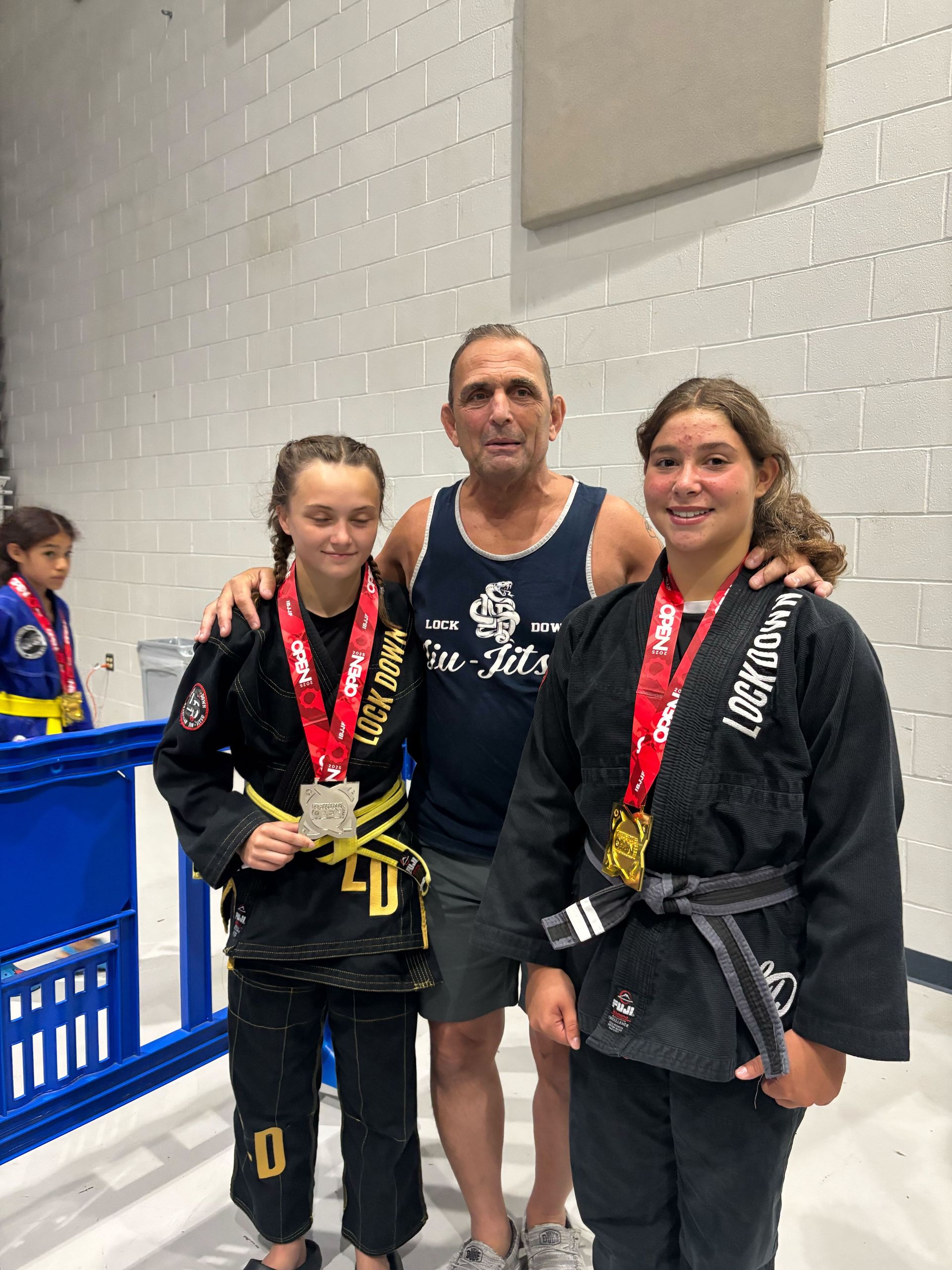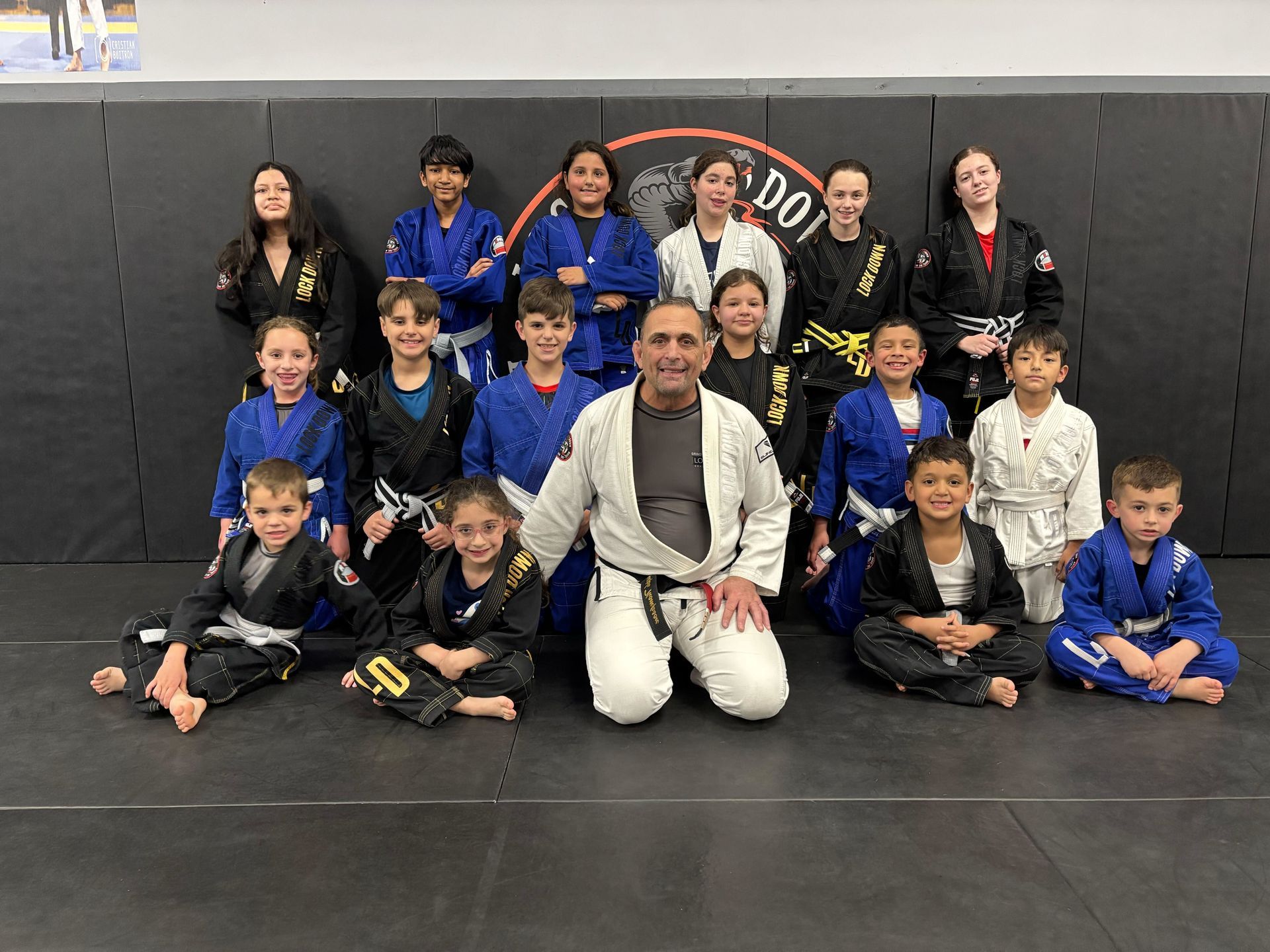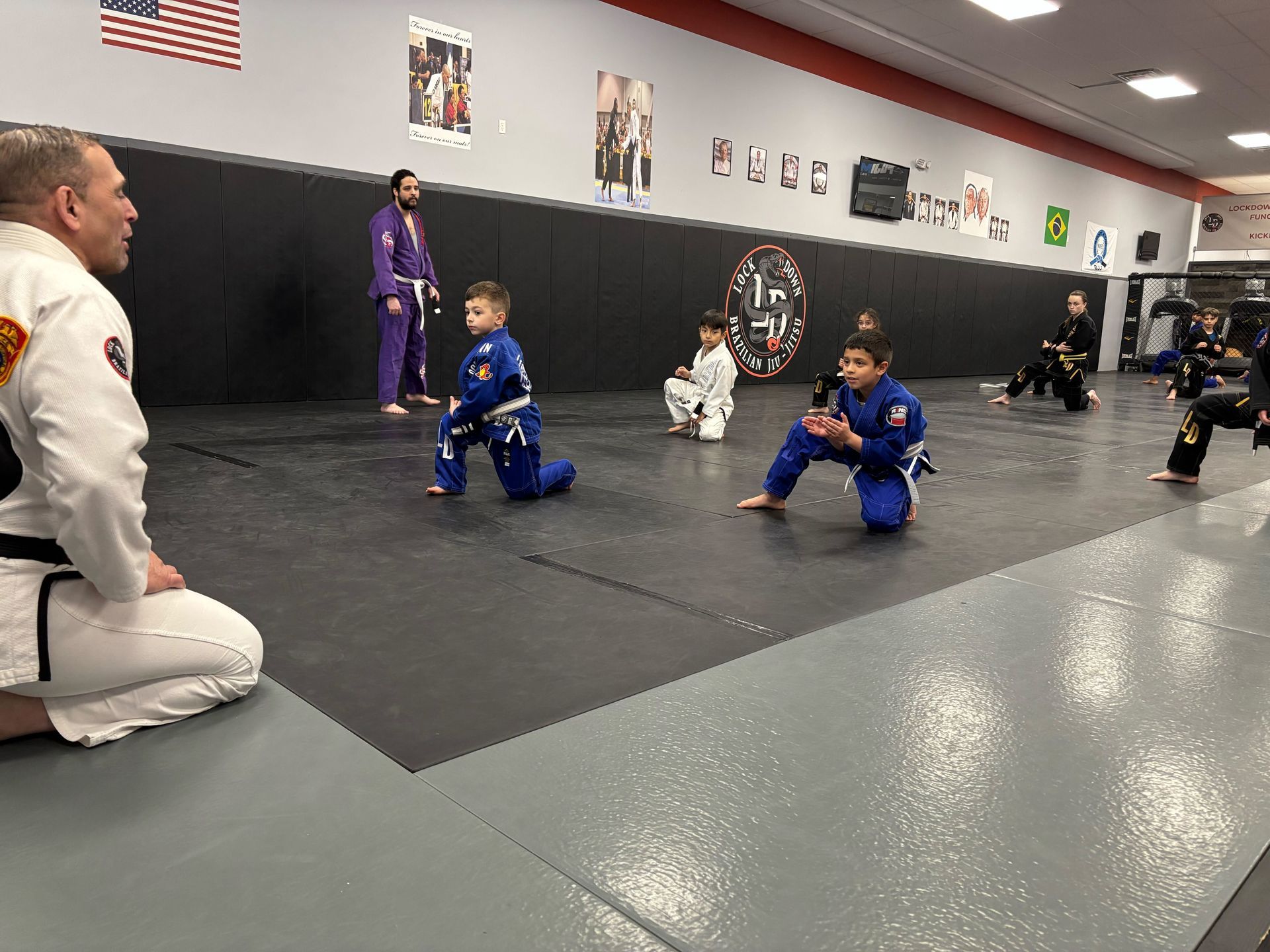Martial arts have long been admired not just as a form of self-defense or combat but also as a powerful way to stay physically and mentally fit.
It is an activity that demands the use of every muscle in the body, offering a complete workout that strengthens, tones, and enhances endurance. In this article, we will explore how martial arts serve as a full-body workout, diving into its many physical benefits and how it compares to more traditional forms of exercise.
Introduction to Martial Arts as a Workout
Martial arts are systems of combat practices that have evolved over centuries. Today, martial arts are not only practiced for self-defense but also for fitness and mental discipline. From styles like Karate and Taekwondo to Brazilian Jiu-Jitsu and Muay Thai, martial arts offers a dynamic way to keep your body in top shape. Practitioners engage in rigorous training sessions that challenge every muscle group, making it an ideal workout for people seeking total-body conditioning.
Benefits of Martial Arts for Physical Fitness
When you practice martial arts, you are not only learning how to defend yourself but also improving your overall fitness. The benefits range from cardiovascular improvement to increased muscle strength and flexibility. Many martial arts disciplines focus on dynamic movements that engage the body’s major muscle groups, providing a balanced approach to fitness. These practices promote agility, coordination, and balance while also boosting endurance.
Full-Body Engagement in Martial Arts
What makes martial arts such an effective full-body workout is its ability to activate nearly every muscle group. Whether it’s throwing a punch, executing a kick, or performing a complex grappling maneuver, martial arts require intense physical engagement. The arms, legs, core, and back all work in harmony to perform these movements. For example, striking arts like Muay Thai engage both the upper body (through punches and elbows) and lower body (through kicks and knees), while grappling arts like Brazilian Jiu-Jitsu require immense core strength and coordination.
Common Martial Arts Styles for Fitness
There are several martial arts styles that particularly emphasize physical fitness:
- Karate: Known for its powerful strikes and stances, Karate provides a mix of cardio and strength training.
- Taekwondo: This Korean martial art is renowned for its high-flying kicks, which work the legs and core intensively.
- Muay Thai: Also known as Thai boxing, Muay Thai combines punches, kicks, elbows, and knees to provide a full-body workout.
- Brazilian Jiu-Jitsu (BJJ): A grappling art, BJJ focuses on ground fighting and requires strength, endurance, and flexibility.
- Capoeira: A Brazilian art form that combines martial arts with dance and acrobatics, Capoeira is fantastic for flexibility, agility, and core strength.
- Kickboxing: Kickboxing integrates boxing punches and martial arts kicks, offering a high-intensity workout.
Martial Arts vs. Traditional Gym Workouts
While traditional gym workouts like weightlifting focus on isolated muscle groups, martial arts offer functional fitness that involves multiple muscle groups working together. For example, lifting weights may build strength in specific areas, but martial arts enhance your coordination, balance, and agility in ways that isolated exercises cannot. Additionally, martial arts often incorporate cardiovascular exercise, while weightlifting typically does not.
Building Endurance with Martial Arts
Martial arts are known for their intense cardiovascular component. Training sessions often mimic high-intensity interval training (HIIT), with short bursts of intense effort followed by brief rest periods. This interval-based training builds cardiovascular endurance, helping practitioners improve their stamina over time. Whether it's sparring rounds in boxing or kicking drills in Taekwondo, martial arts push your heart rate into fat-burning zones, improving overall cardiovascular health.
Strengthening the Core Through Martial Arts
A strong core is essential in martial arts for generating power and maintaining stability. Whether you're performing a spinning kick or controlling an opponent in Brazilian Jiu-Jitsu, the core plays a crucial role. Many martial arts movements, like kicks and twists, engage the abdominal muscles deeply. For example, Muay Thai kicks rely heavily on the core for rotation and power, while grappling in Jiu-Jitsu demands core strength for maintaining control and positioning.
Developing Flexibility and Balance
Flexibility and balance are key components of martial arts, and many styles emphasize the importance of stretching and mobility. Taekwondo’s high kicks and Capoeira’s acrobatic moves are prime examples of martial arts requiring extreme flexibility. By consistently practicing martial arts, you'll naturally improve your range of motion and balance, which is essential for executing techniques with precision and avoiding injury.
Improving Mental Health with Martial Arts
Beyond the physical benefits, martial arts offer mental and emotional advantages. The focus required to execute techniques improves concentration, while the discipline instilled in regular practice promotes mental toughness. Many people find that martial arts help reduce stress, boost mood, and increase overall mental clarity. The mindfulness developed during martial arts practice can also have a positive impact on one’s mental health.
Martial Arts as a Fat-Burning Workout
Martial arts are one of the most effective ways to burn fat while building muscle. During an intense training session, you can burn hundreds of calories, depending on the style and intensity. Kickboxing, for example, can burn between 500 to 800 calories per hour. The combination of cardiovascular exercise, strength training, and interval-based activities makes martial arts a powerful fat-burning workout, perfect for those looking to shed excess weight.
Martial Arts for Functional Strength
Unlike traditional weightlifting, which often isolates muscles, martial arts develop functional strength that can be applied to everyday movements. The explosive power generated from kicks, punches, and throws is directly transferable to real-life activities. Moreover, martial arts build muscle coordination, balance, and agility, offering a more holistic approach to strength training.
Longevity and Martial Arts
Martial arts can be practiced throughout life, and many practitioners continue well into their senior years. This is because martial arts encourage joint health, flexibility, and balanced muscle development. Regular training also helps prevent the muscle loss associated with aging. Many styles, like Tai Chi and Aikido, are particularly suited for older adults as they focus on fluid movements and balance rather than high impact or strength.
Martial Arts for Kids and Teenagers
Martial arts offer tremendous benefits for young people. Not only do they improve physical fitness, but they also teach discipline, respect, and confidence. Many martial arts schools emphasize the importance of goal setting through the belt system, which helps kids develop a strong work ethic. The physical benefits for growing bodies are equally important, improving coordination, strength, and flexibility.
Martial Arts for Seniors
Seniors can enjoy the physical and mental benefits of martial arts, as certain styles are low-impact and can be tailored to their abilities. Martial arts like Tai Chi or even Judo (with proper precautions) can help seniors improve mobility, strength, and joint health. These practices can also enhance balance, reducing the risk of falls, which is a common concern as people age.
Martial Arts Training Programs for Fitness
Many martial arts schools now offer specialized training programs that are focused on fitness rather than competition or self-defense. These programs combine martial arts drills with cardio and strength training exercises. Some gyms even offer hybrid classes, like "cardio kickboxing," which fuse traditional martial arts with more conventional fitness routines.
The Social Aspect of Martial Arts Workouts
Training in martial arts often has a community aspect, where you train with partners or in a group setting. This sense of camaraderie can boost motivation and make the workout more enjoyable. Group practice allows for shared learning experiences, support, and competition, all of which can enhance the workout experience.
Safety Considerations in Martial Arts Training
While martial arts provide many physical benefits, safety should always be a priority. Practicing proper techniques, wearing appropriate protective gear, and warming up adequately are essential to prevent injuries. Martial arts, when done under the guidance of a qualified instructor, can be a safe and effective workout for all ages and fitness levels.
Finding the Right Martial Arts Gym or School
Choosing the right martial arts school is essential for achieving your fitness goals. Look for a gym with qualified instructors, a focus on safety, and a training environment that suits your needs. Whether you prefer a more traditional dojo or a modern fitness-focused martial arts studio, make sure the atmosphere and training style align with your objectives.
Martial Arts Competitions as Motivation
Competitions can be a great motivator for fitness enthusiasts. Whether it’s a local tournament or a national championship, martial arts competitions push practitioners to improve their physical conditioning. Preparing for a competition enhances both mental focus and physical training, as competitors aim to peak at the right time.
Martial Arts and Recovery
Just like any other workout, recovery is an essential part of martial arts training. Proper rest, nutrition, and stretching can prevent injury and enhance performance. Many martial artists incorporate yoga or other stretching routines into their training to stay limber and avoid muscle soreness.
FAQs
- Is martial arts a good workout for beginners? Yes, martial arts is an excellent workout for beginners because most schools offer beginner-friendly classes that allow students to progress at their own pace.
- What is the best martial art for a full-body workout? Muay Thai and Brazilian Jiu-Jitsu are both excellent options for a full-body workout as they engage all major muscle groups.
- Can I lose weight by practicing martial arts? Absolutely. Martial arts are highly effective for weight loss, thanks to the combination of cardio, strength training, and high-intensity drills.
- How many calories can I burn in a martial arts class? Depending on the intensity and style, you can burn between 500 to 800 calories per hour during a martial arts class.
- Is martial arts safe for older adults? Yes, many martial arts can be practiced safely by older adults, especially styles that focus on flexibility and balance like Tai Chi.
- How often should I practice martial arts to see fitness results? Practicing martial arts 2-3 times a week is enough to see significant fitness improvements over time.
Final Thoughts
Martial arts offer a unique and highly effective way to achieve a full-body workout, engaging multiple muscle groups while improving strength, flexibility, and cardiovascular health. Unlike traditional gym routines, martial arts incorporate functional movements that enhance overall fitness and agility. Beyond the physical benefits, martial arts also promote mental clarity, discipline, and stress relief. Whether you're looking to improve your stamina, lose weight, or develop a stronger core, martial arts provide a holistic approach to health and well-being. With the variety of styles available, there’s a martial art suitable for every fitness level and age group.
